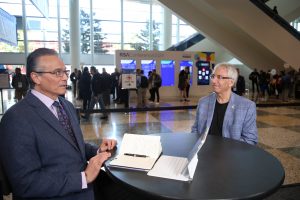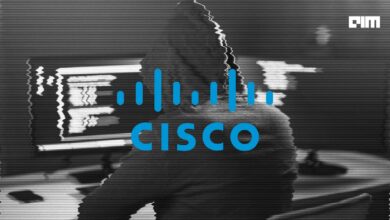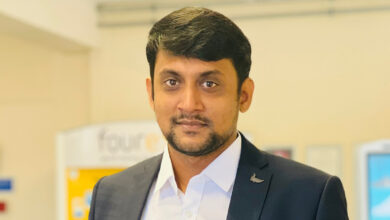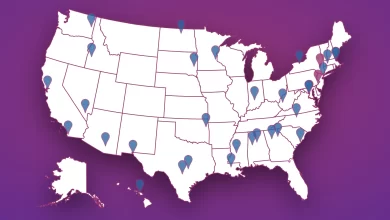Zero trust, AI and cybersecurity in today’s enterprise

A new crop of cybersecurity threats are emerging as the world moves back to pre-pandemic activity levels.
Exploiting the artificial intelligence wave, these new threats are forcing a rethink of the collective approach to securing digital assets at the enterprise scale.
“The threats are pervasive; they’re more specialized, and that’s only going to continue, and the regulators have caught up to that,” said Jon Oltsik (pictured), analyst emeritus at Enterprise Strategy Group. “There’s a lot of buzz around technology and generative AI. But if I’m a cyber security professional, I’m here because I’m under threat, and I’m looking for new types of solutions, new types of architectures to deal with that.”
Oltsik spoke with theCUBE Research’s Dave Vellante at the RSA Conference, during an exclusive broadcast on theCUBE, SiliconANGLE Media’s livestreaming studio. They discussed the current state of cybersecurity, shedding light on key topics, such as large language model security solutions, zero-trust frameworks and industry consolidation. (* Disclosure below.)

TheCUBE’s Dave Vellante discusses zero trust, AI and cybersecurity with ESG’s Jon Oltsik.
Zero trust: From buzzword to mandate
Zero trust, once considered a buzzword, has evolved into a mandate for organizations. Practices such as micro-segmentation, strict entitlements and multi-factor authentication are foundational elements of zero-trust frameworks, according to Oltsik.
While acknowledging the complexity of achieving zero trust across entire organizations, organizations must undertake use-case-based implementations driven by business needs.
“We all tend to agree that 80% of securing generative AI across your organization is just strong hygiene and posture,” Oltsik said. “Do I know what data is involved? Do I know who’s accessing this? Do I know the developers? Do I know their entitlements? This is all part and parcel of just protecting your environment, and it’s a fundamental of cybersecurity.”
Looking ahead, several key trends are shaping the future of cybersecurity. These include a shift toward vertical strategies tailored to specific industries, the importance of threat intelligence-driven defense mechanisms and the critical need for testing and validation of security controls, Oltsik added.
Here’s the complete video interview, part of SiliconANGLE’s and theCUBE Research’s coverage of the RSA Conference:
(* Disclosure: TheCUBE is a paid media partner for the RSA Conference. Neither RSA Conference LLC, the sponsor of theCUBE’s event coverage, nor other sponsors have editorial control over content on theCUBE or SiliconANGLE.)
Photo: SiliconANGLE
Your vote of support is important to us and it helps us keep the content FREE.
One click below supports our mission to provide free, deep, and relevant content.
Join our community on YouTube
Join the community that includes more than 15,000 #CubeAlumni experts, including Amazon.com CEO Andy Jassy, Dell Technologies founder and CEO Michael Dell, Intel CEO Pat Gelsinger, and many more luminaries and experts.
THANK YOU



